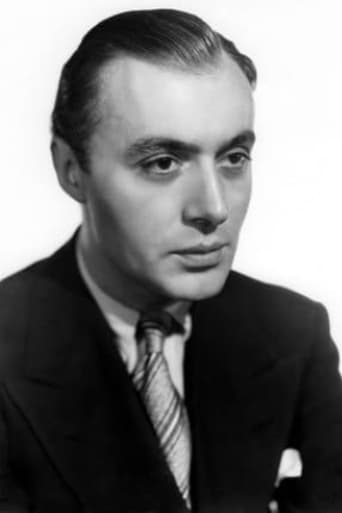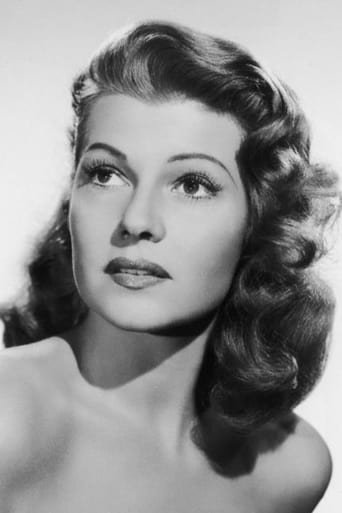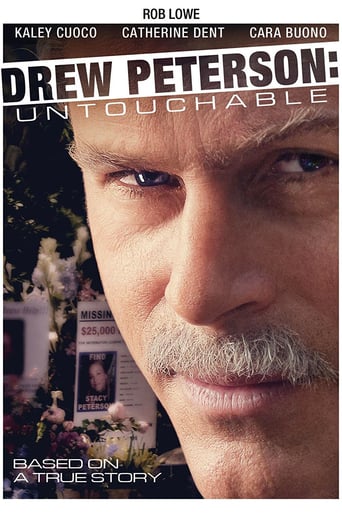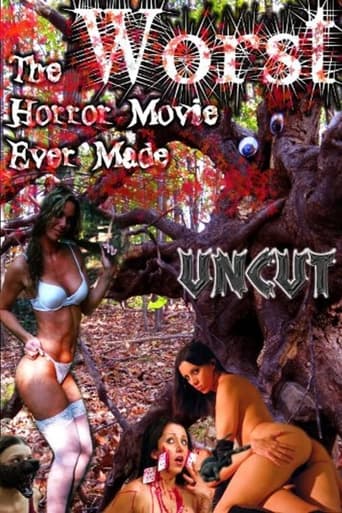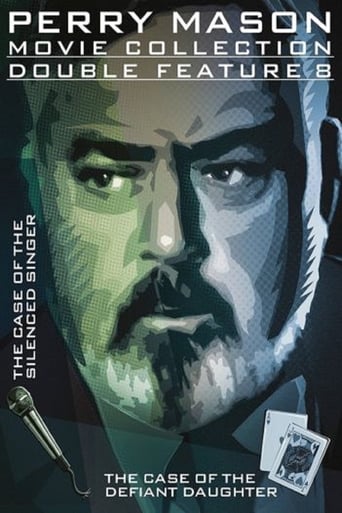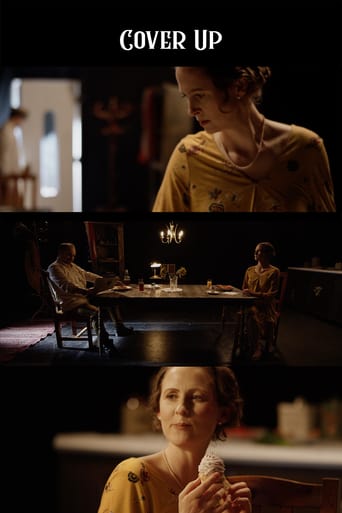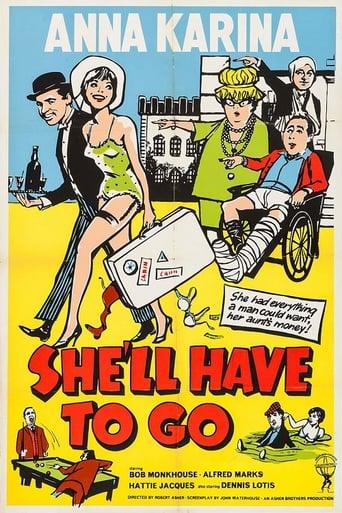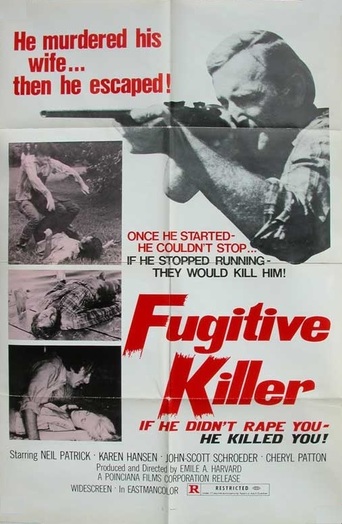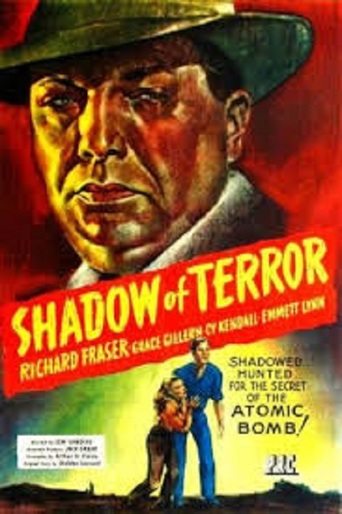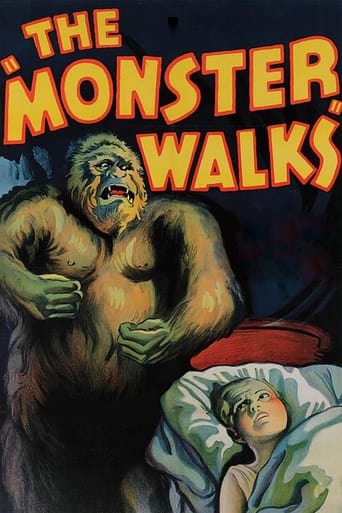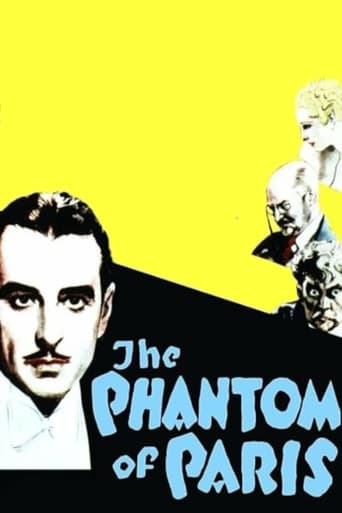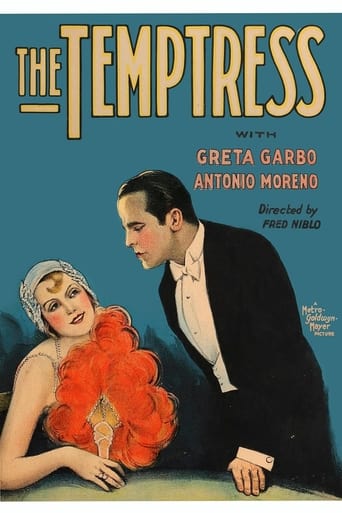
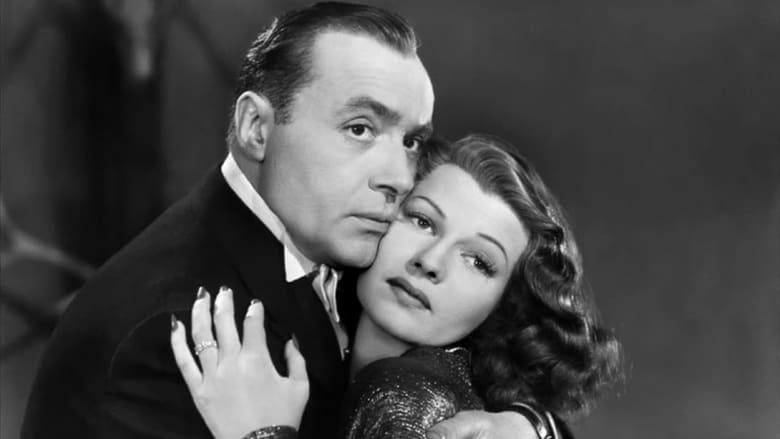
Tales of Manhattan (1942)
Ten screenwriters collaborated on this series of tales concerning the effect a tailcoat cursed by its tailor has on those who wear it. The video release features a W.C. Fields segment not included in the original theatrical release.
Watch Trailer
Cast


Similar titles
Reviews
Four or five short stories cobbled together by means of a mysterious frock coat that's passed from hand to hand. Some are amusing and some dramatic. The principals are Charles Boyer, Rita Hayworth, Henry Fonda, Ginger Rogers, Charles Laughton, Edward G. Robinson, W. C. Fields, and an ensemble cast of poor black farmers featuring Paul Robeson and his magnificent voice. The plot dynamics include love and money, which seem to go together so often. All of the endings are more or less happy. The less happy one include Boyer as a womanizer who is shot and winds up in hospital, and J. Carrol Naish as a robber who we last see on fire in a smoking airplane.None of the performances fall flat and the direction by Julian Duvivier is functional and suitably light hearted, sometimes perhaps too light hearted, so that in retrospect the movie looks as much like a piece of froth as a morality play. The segment involving Henry Fonda and Ginger Rogers is like spun candy. Not necessarily the best performances, but the most memorable are those of Marion Martin, the blond tart., You may remember her as Gloria the Pom Pom girl who sings "Palsy Walsy" in the Bob Hope comedy, "They Got Me Covered." And then there is Paul Robeson who gives a brief speech that sounds very much like an expression of the ideology that had Winston Churchill so awfully worried around the time of World War II. I suppose, given the picture of blacks that's presented, the segment could be accused of perpetuating a racial stereotype -- all those poor hymn-singing Darkies -- but it could have been far worse. Instead of Paul Robeson, the producers might have given us Stepin Fetchit. And in many ways the blacks are superior to most of the others in the film, despite the Hallelujas and the heavenly choir., After all, instead of merely grasping for money or for love, they share it or give it away.Withal, it's more than two hours long and sometimes seems like it lags behind the clock. After all, the Brits brought in the splendid collection of linked horror stories, "Dead of Night," in a tidy 103 minutes.
I was disappointed that the version of "Tales of Manhattan" that aired recently on Turner Classic Movies did not have the W. C. Fields segment that was restored several years ago - I really wanted to see that segment. As for what I *did* get to see, well, I did have a couple of issues that I thought should have been more thought about by the filmmakers before filming started. The first was with the third story, when Charles Laughton's coat rips while he is conducting an orchestra, causing the audience to laugh long and hard. While I could believe the audience laughing a little, I couldn't believe that they would laugh so long. Were they really all that starved for laughs? (Well, maybe - this was made during World War II.) Then there is the last story, with Eddie 'Rochester' Anderson. Although you can tell that it was made with good intentions and that the filmmakers were not being consciously racist, it is all the same somewhat stereotypical, showing African Americans to be poor and uneducated but all the same happy because they have got God on their side. Really?But if you can look at the movie as a product of its time, and overlook those unbelievable touches, the movie is entertaining. All the stories that are told are pretty good, my favorite being the reunion Edward G. Robinson attends - you'll really feel for Robinson's character, and when his situation starts to get sticky, you'll be riveted. The movie also has some interesting direction by Julien Duvivier, from long and uninterrupted tracking shots to interesting camera angles. I think that even people who normally don't go for movies from this era would find this particular effort entertaining and never dull.
In New York, a man's dress coat, supposedly cursed by a disgruntled tailor, changes the lives of those who come in contact with it. They are: Charles Boyer as a suave actor wooing married Rita Hayworth, Henry Fonda as a nerd who stops Ginger Rogers from marrying skirt-chaser Cesar Romero, Charles Laughton as an aspiring musician, Edward G. Robinson as an unemployed alcoholic about to attend his class reunion, and Paul Robeson and Ethel Waters as poor black farmers (another story starring W.C. Fields was trimmed in 1942 but later became available on home-video--it adds nothing). Short stories told mostly in expert fashion, though some are obviously better than others. Fonda and Rogers are such an odd twosome that the second episode is probably the weakest; the exceptional performances by Laughton and Robinson make their installments the strongest. However, the striking finale, complete with heavenly light and hallelujah chorus, looks so different from the rest (and is filmed like a mini-epic) that it appears to be a reel from another movie altogether. Overall, an entertaining piece for the actors, particularly Robinson as the ultimate underdog, surprisingly vulnerable in an Oscar-worthy turn. **1/2 from ****
After one seeing, this movie is one of my top favorites.It's six or seven short stories with perhaps the most astounding cast in history.I loved Charles Laughton as an impoverished composer getting his big chance from a Toscanini-type martinet conductor. I loved Edward G. Robinson as a Bowery drunk sent to his Harvard(like) reunion by a doting Bowery reverend. I loved the plot twists in the first two stories. Anyhow, I LOVE it. We see familiar actors in unfamiliar roles: Thomas Mitchell, a great actor, usually plays character parts, Irish or sailors or Uncle Billy in "Wonderful Life"-- here we see him as the real sophisticate he was. Rita Hayworth as jealous and uncertain as well as gorgeous. Henry Fonda, very young and playing very dumb. Ginger Rogers as a spitfire jealous fiancée. And on and on.And best of all-- The final sequence is incredible, politically incorrect in every possible way. It stars Paul Robeson, Ethel Waters and Rochester (the comedy black guy from the Jack Benny radio show). It alone is worth the rental, combining the worst of sharecropper-Rastus-Here-Come-de-Lawd ethnic parody with a chance for Robeson to speak the Communist ideal at its highest and most hopeful, never more to be heard and powerful to hear from someone who believed it. Probably this was the only condition under which Robeson would consent to appear in an appalling stereotype skit.The photography is great. THE LIGHTING is worth a year of film school. (Too bad the director went back to France after the war.) This movie has everything. As Hollywood Nostalgia, it's the tops.


